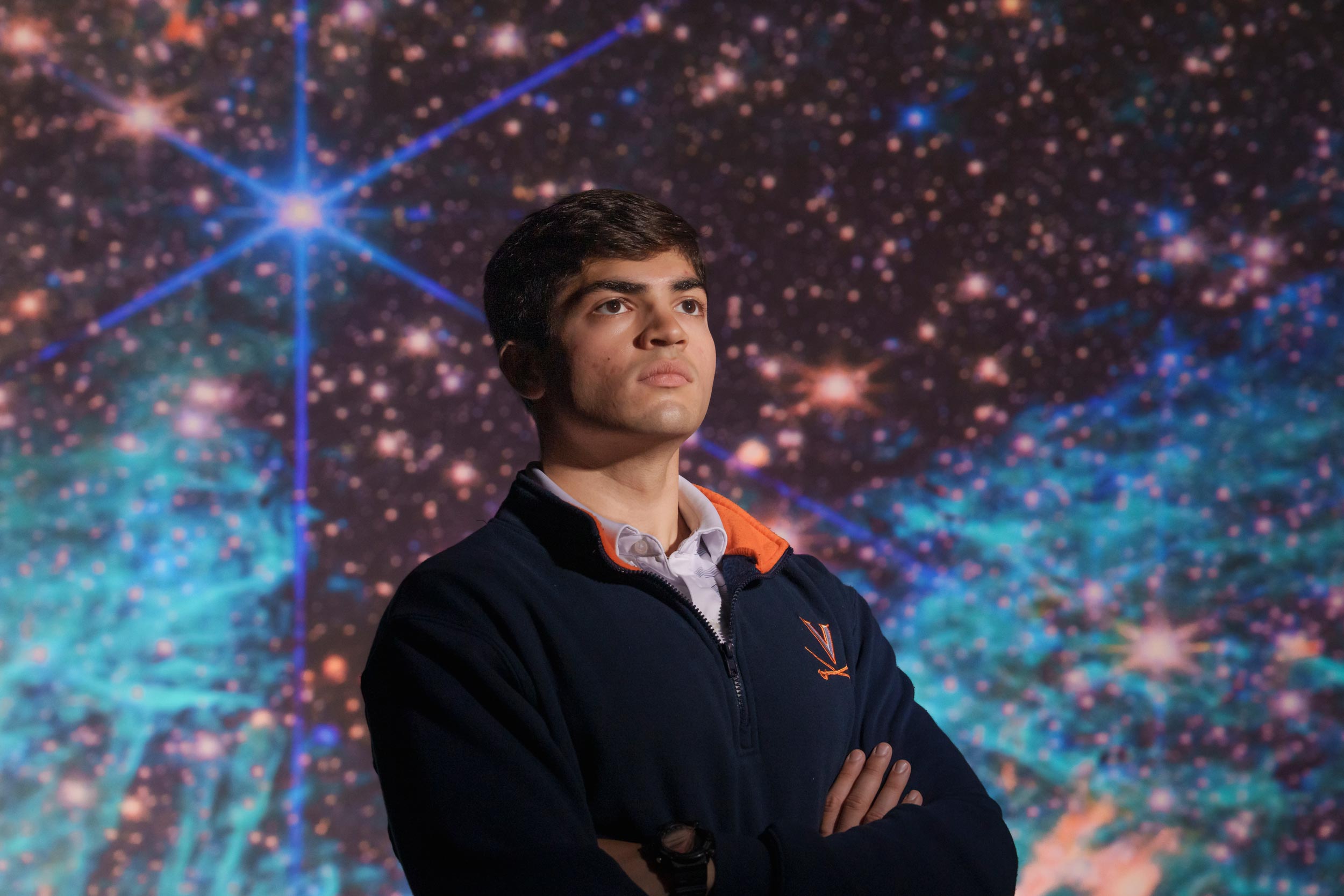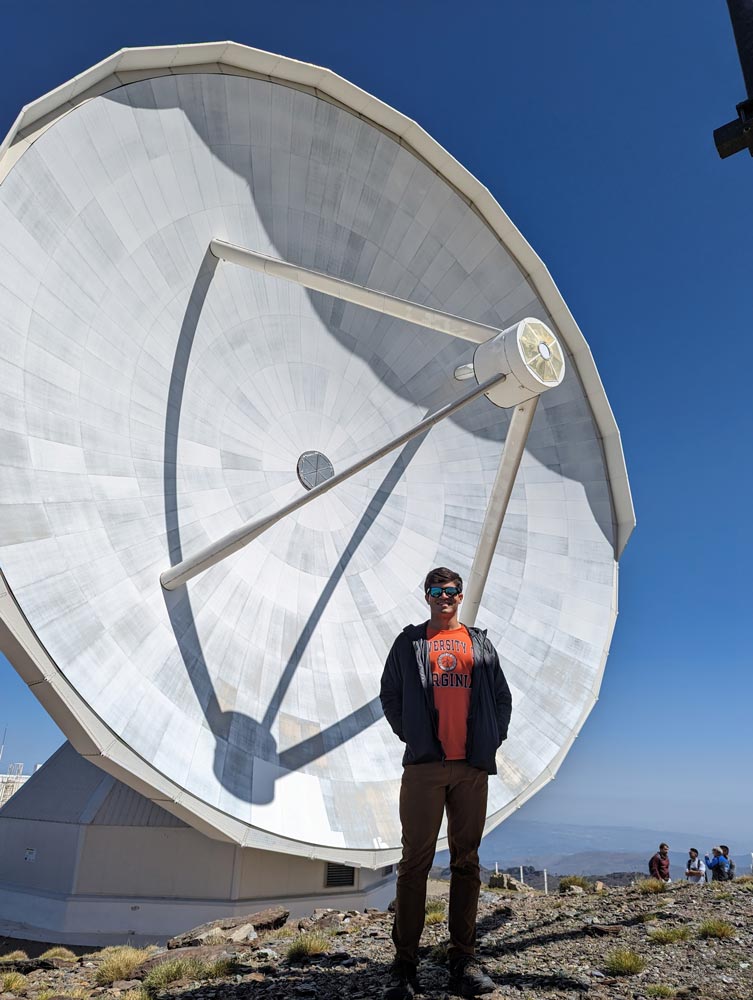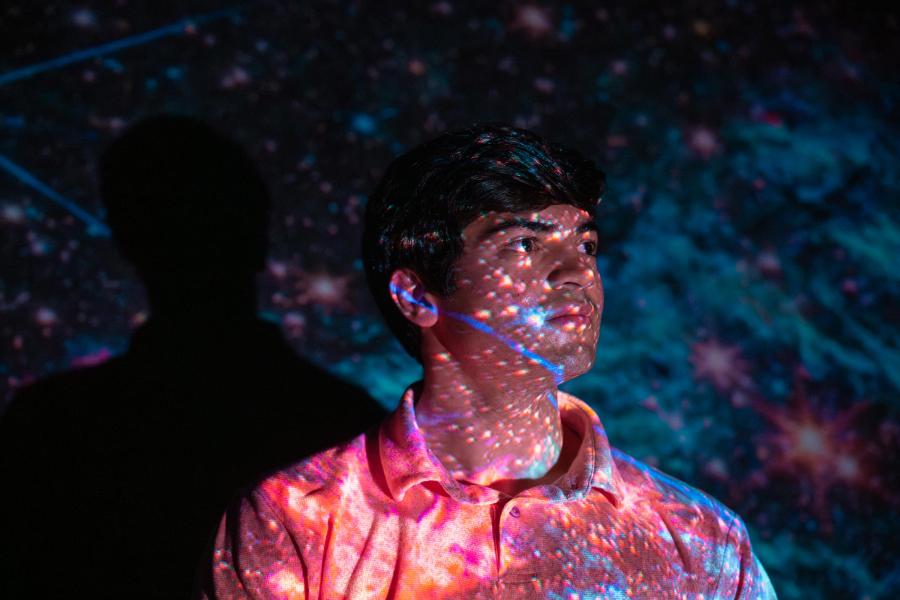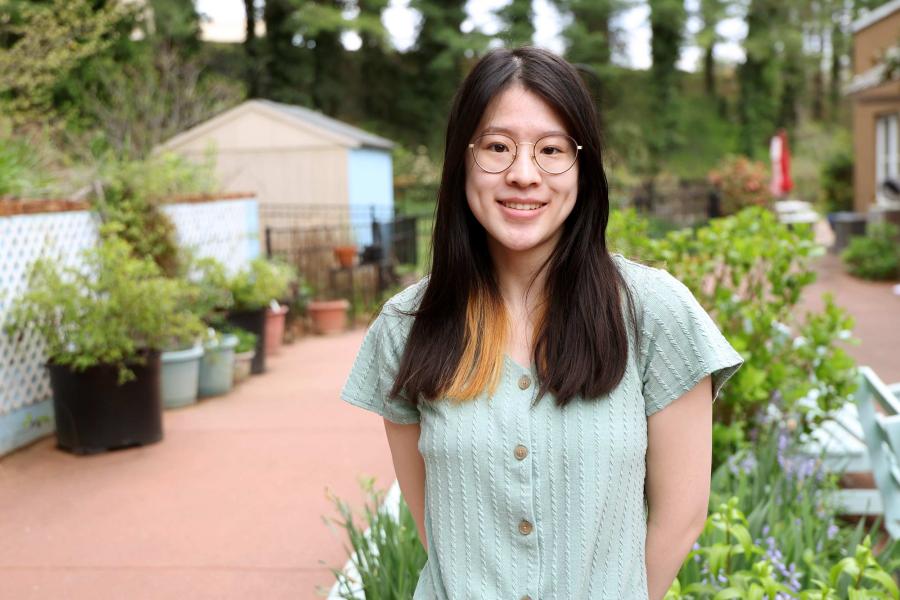When Samuel Crowe looks back on his undergraduate career at the University of Virginia, he can proudly point to making history as the first undergraduate granted access to NASA’s $10 billion James Webb Telescope for his research, publishing major research findings in world-renowned journals, and leading the astronomy and forestry clubs.
But, as he nears Final Exercises, the astronomy-physics and history major is focused on what’s next: a 2-year master’s degree in the history of science, medicine and technology at Oxford University starting in the fall.
Between degrees, he’s embracing a hobby he picked up at UVA: travel. He spent two of his undergraduate summers abroad, researching in Sweden and Spain. Since then, he has been “infected by the travel bug.”
Now, at 22 years old, he’s already visited 22 countries. This summer, he will travel to 15 more countries, solo backpacking, beginning in Hungary, making his way through Turkey, Central Asia, South Asia, Vietnam, and East Asia before ending in Australia.
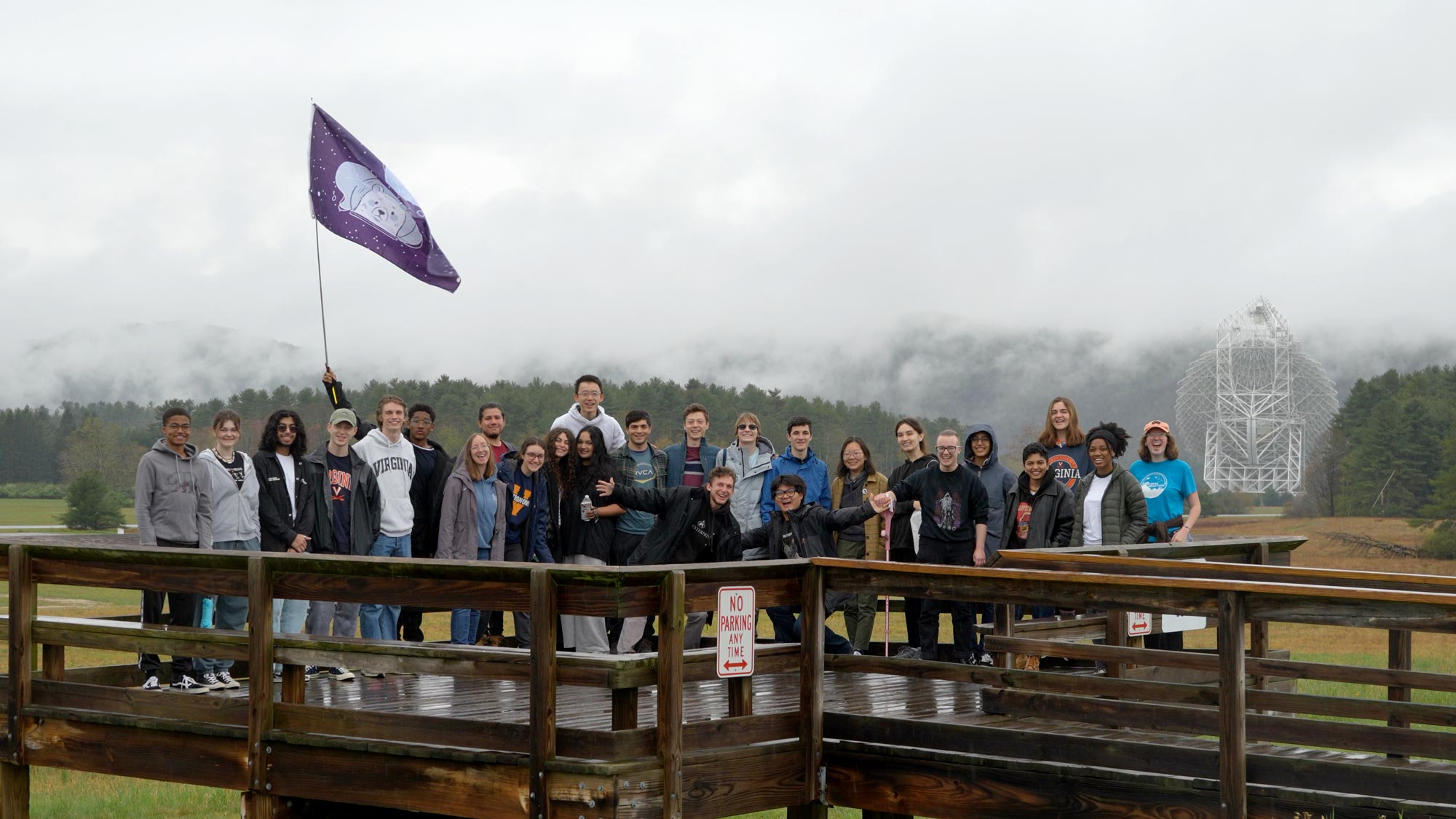
Crowe and the UVA Astronomy Club gather at the Green Bank Observatory in West Virginia. (Photo by Matthew Sung)
Crowe’s journey through the Eastern Hemisphere will punctuate a busy undergraduate career.
In 2023, Crowe became the world’s first undergraduate student to lead a James Webb Space Telescope General Observer project. From the data gathered using the telescope, he published two papers in The Astrophysical Journal.
One of the papers examines star formation in Sagittarius C, a region in the heart of the Milky Way where many stars are actively being born. The paper confirmed at least two massive stars – each more than 20 times the Sun’s mass – forming in this region.
“We also discovered a new star-forming region, previously unknown in the literature, adjacent to the one we’d already known about,” he said.
